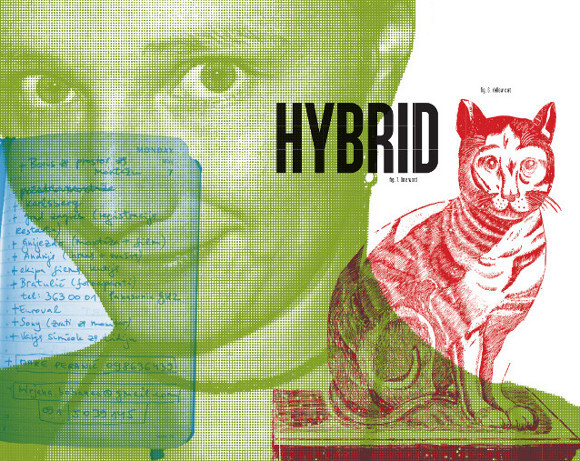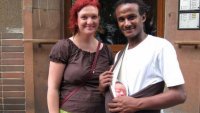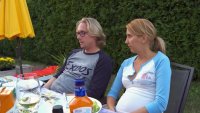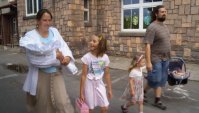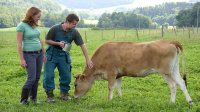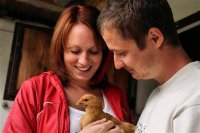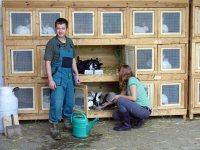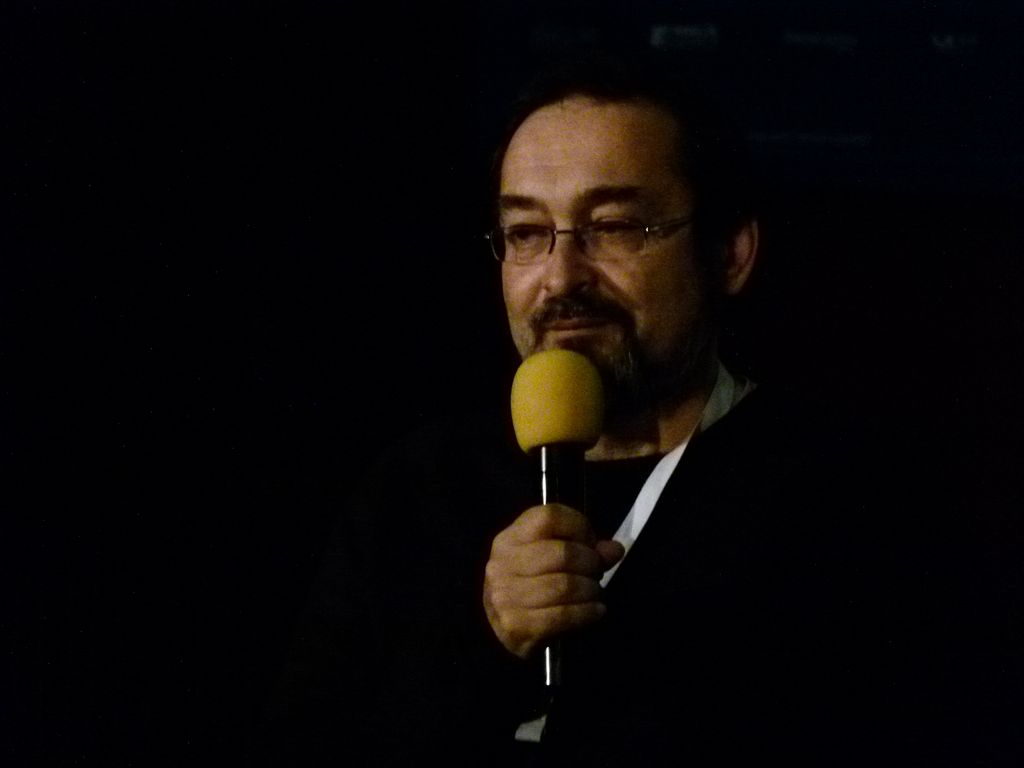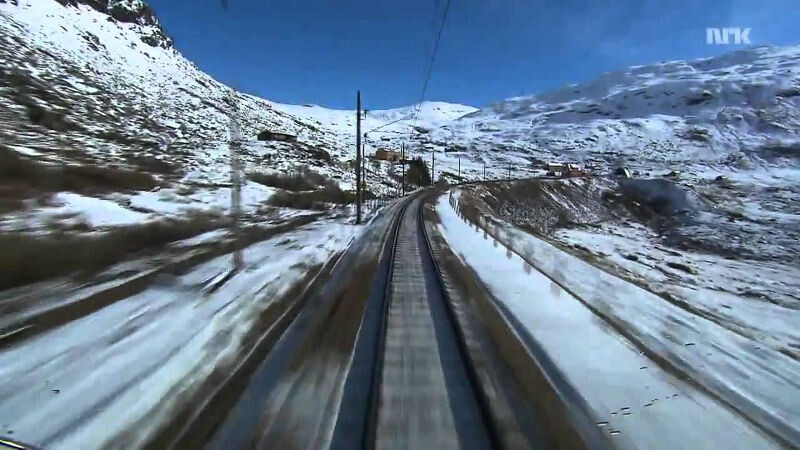On the border between reality and fiction
It all started in September 2010. Two of the biggest free-to-air Czech TV channels introduced brand new formats: Czech TV launched the Nestlings series, with the subtitle: “Children from the outskirts of society through their own eyes” and TV Nova aired the documentary series Golden Boys about raising young hockey players. The label “series” is only indicative – it can apply to anything longer than two episodes. It should be noted that they were the first original docusoaps offered by Czech TV channels. It is a paradox that although the launch of the first docusoap programmes in many other countries was a signal to a large-scale production of programmes of a similar format, this was not the case in the Czech Republic. New docusoaps have not appeared in the programme offer of Czech Television until now. Is it a proof of conservativeness and genre stagnation of the domestic TV market or just a confirmation that docusoap is a craft that takes some time to learn? The first part of this assumption appears to be true; it is probably not due to the lack of authors that the Czech audience cannot enjoy original docusoaps.
Replacement for fiction
In the beginning of 1990s, a new trend gradually emerged on European TV channels. TV entertainment formats were influenced by the effort to show as many ordinary people (outside the category of “prominents”) as possible in everyday, i.e. mainly common situations, familiar to the majority of us. New formats emerged that despite all previous experience (especially the deep-rooted mandatory rule of the purity of style) successfully combined elements of various genres. This trend gradually increased - for several reasons. First of all - audience grew tired of fiction as the prevalent genre. In the end of 1990s, TV production based on fiction came to a standstill in terms of stories and methods of narration. American fiction, which had long dominated film and TV production, met with lack of interest not only on the part of European audience. Besides, new programmes were cheaper than series or TV films,thus associated with a lower risk of failure. Many of them were conceived so that they could be shown in long serieswith numerous episodes and some of them even on a daily basis. This trend was also driven by new technical possibilities - cameras became more compact and lighter, they could be used anywhere without attracting much attention and without compromising the quality of the image.
This rather varied range of new formats (including the “special-living-environment” reality shows such as Big Brother, programmes based on the participation of the so-called ordinary people in artificial situations – Wife Swap or shows in which celebrities try to succeed in real situations – for example as journalists or policemen) was later called “Reality TV”. One of the most typical examples of such programmes is docusoap.
What is docusoap?
There is no clear-cut theoretical definition of this genre. However, in the literature, including numerous academic studies, theorists agree that there are basic elements typical for docusoap. First of all – they explore social reality and everyday interactions; their protagonists need not only include the so-called ordinary people but also the representatives of various offices, institutions and facilities. However, docusoap is not just an observation of the everyday reality;it is a compact, staged narration about the everyday reality that employs elements used in both documentaries and feature filmmaking. The aim is to reconstruct real actions in the most entertaining and thrilling way.
An interesting description of docusoap is provided by Jeremy Orlebar in The Television Handbook, published last year by AMU Press. “The concept of the observational TV series with continuing story lines focusing on ordinary characters became known as docusoap. It uses the techniques of drama and the structure of the particularly televisual form of the soap opera. Docusoap combines observation and interpretation of reality, used in documentary, with continuous narration focused on a group of characters, such as in soap opera. It provides several advantages; being able to create narrative interest and excitement thanks to the multi-layered format of the dramatic genre of soap opera. The content and the characters are taken from events in everyday life - the driving narrative force - derives from the soap opera format. Docusoap has an episodic structure with several interweaving plot lines each involving different characters.”
And a different description, this time from a book by the media analyst and senior lecturer Fritz Wolf, entitled Plot, Plot und wieder Plot. “The new genre of docusoap is built around the balance between authentic reality and narration, observation and staging, finding and fabricating.” The book also says that docusoap combines documentary narration and drama techniques of TV shows thus also employing devices such as emotionalising, cliffhanger endings and the clash of opposites.
|
|
MothersMothers resemble classical British docusoaps focused especially on the behaviour of people in particular uncommon situations which provide all of the involved with a unique experience. Its protagonists are four mothers-to-be who are followed during their pregnancy, birth giving, lying-in and in the subsequent weeks. Linda K. Jablonská, Zuzana Špidlová and Irena Hejdová chose the usual model of protagonists whose economic and social situation as well as attitudes differ significantly. At the same time, they represent certain model types, and it is therefore probable that the viewers will sympathise with at least one of the four chosen protagonists, or will be reminded of their own life situations. This is one of the important docusoap methods – to try to find a common experience in the stories of characters that are seemingly completely different. In this case, the authors managed to find the right character types, which is also proven by the great popularity with the audience – the programme was aired at 8:00 p.m. on Sundays on the Czech TV channel CT2, i.e. in a time slot with a fierce competition, and it succeeded. |
Daily dose of emotions
In addition to the description of the genre, each potential docusoap author should also know other significant characteristics of this genre based on these descriptions. For instance, what does it mean that docusoap uses drama techniques of a TV show? Among other things, the structure of the episodes is similar to TV drama. It employs a plot line with an upward tendencyin the course of which there are several swings – marking dramatic moments (emotionally charged scenes) and also those that serve mainly to describe the plot and the environment. The episodes end with the so-called cliffhanger – a scene promising that the next episode will be attractive for the audience.
The success of docusoap lies in the meticulous preparation – the knowledge of the environment, characters, quality script-writing and the subsequent creation of the individual episodes in the editing room. Improper preparation may result in a situation when the authors will not be able to use the footage to narrate the story; they will be left only with fragments. No matter how interesting these fragments may be, the outcome will lack inner structure and the desired charge. The authors can also getcarried away by the attractiveness of a certain action to which they pay excessive attention – thus neglecting situations that are less attractive yet still important in terms of the episode style of narration, which also features other characters. Orlebar says that Docusoap requires a continuous narration focused on a group of characters. If any of these characters is suppressed, not followed or even eliminated, the required outcome will not be achieved – there will still be “docu”, but without “soap”.
There are both docusoaps aired in series of six or eight episodes and those that are regularly included in broadcasting schedules, like regular daytime TV shows, four to five times per week. However, their thematic range is limited – mostly to an environment which is accessible to general public – such as hospitals, railway stations or zoos.
|
|
Little FarmLittle Farm works with a different model. It features real characters and situations, but the story narrated in this docusoap has the character of an experiment – otherwise it would never have taken place in this way. This type of docusoaps is based on the confrontation of the protagonists with unfamiliar environment or situations and observing how, and if at all, they will succeed. In Little Farm, two young people observed by the camera build an organic farm – with the help of experts and also their neighbours. It is obvious that, from the beginning, these formats have been supposed to bring a large added value – in addition to the story the audience was also provided with a great deal of information.
|
From the UK into the whole world
The docusoap format was invented in the second half of 1990s in the UK by the BBC and, following the success of the first formats, they also started to be produced by other TV stations. British docusoaps, which did not lack a considerable amount of English humour and sarcasm, became a huge hit. In 1998, British TV channels aired 75 docusoaps. This genre was quite quickly imported to other countries – both through commercial and public service TV channels. This trend was also supported by the spread of other programmes falling within the Reality TV category – for example talent or “special-living-environment” reality shows. Docusoaps obtained the best time slots and the channels whose existence depends on viewership, thus provided very efficient and, at the same time, much cheaper substitute for TV shows and films.
The current situation is remarkable – while public service televisions carefully choose topics and environments, some commercial channels offer several docusoaps a day that have completely displaced genres popular for decades, such as talk shows or court shows. The question is how long this situation will last. Historical experience indicates that after some time, audience gets bored with the relatively new offer, and although not rejecting the entire genre, they will become picky and finally only those formats will survive that provide more than attractive environment and new methods of narration.
After all, a certain change is already taking place. It became apparent that some environments and associated topics cannot be transferred to the TV screen simply by means that are typical for docusoap, despite the fact that a part of the public was more than willing to act out their stories in front of the camera. For example, German RTL II wanted to use the docusoap format to show how young Germans spend their holidays in Mallorca. However, there was hardly anyone willing to appear on TV engaging in activities which would rather horrify than to impress their relatives and friends. The channel therefore opted for another method – the so-called “scripted reality”. It features real environments and actions whose description is based on a thorough research. Then they are staged with hired actors. There is also another method, which works with real people and real environments but fictional plots. The protagonists therefore play themselves in situations made up by script writers. Both of the above-mentioned methods are currently very successful and, what is more important for many TV channels, still much cheaper than traditional TVdrama.
|
|
Milan KrumlThe author works as a development specialist in Czech Television. He is also a programmer of Reality.tv section at Jihlava IDFF. |

